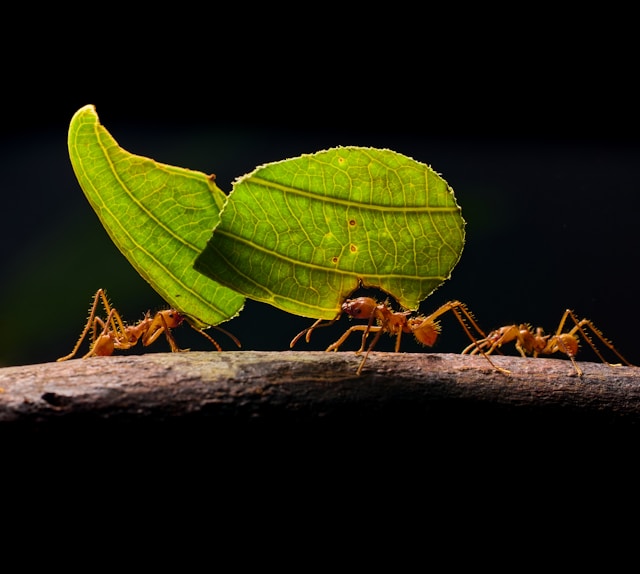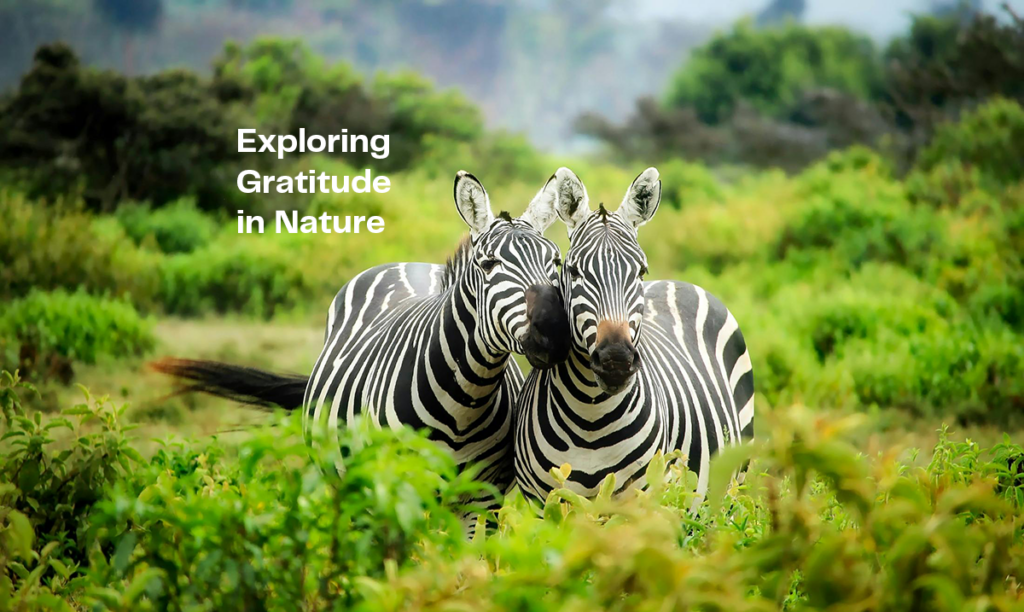
It’s been a consultant for NASA, shot at by police and mistaken for an alien. How slime mold–a brainless, single-celled organism–mapped the dark universe, keeps challenging the top minds to rethink what intelligence even is and has an ability to fill us with wonder beyond the human kind.
They’ve mapped rail systems, nervous systems, the cosmos and gave us a fresh take on Paris. But how? And what does this mean for future cities and how we live in them?
Their accomplishments are credible and incredible.
When scientists in Japan let slime mold loose in an area with oats arranged in a way that matched Tokyo’s city locations and population densities (bigger oats for bigger cities), the organism was able to identify the most direct connections between cities. More incredible, the slime mold took 26 hours to map a masterwork of engineering that took humans 100 years. Many argue they created a better model: their routes connected less frequently to areas that already had sufficient service making it even more efficient and less congested.
They have also mapped drug trafficking and migration routes, the US interstate, a would-be nervous system, a plan for the Iberian Peninsula and have thoughts on the UK’s highway system (they’d connect London to Glasgow via the East Coast so routing M6/M74 through Newcastle). Recently slime mold revealed an alternative future for a bio-digital autonomous Paris and is co-collaborating with the UN and ecoLogicStudio on DeepGreen, a project where slime mold provides a living blueprint for urban design and the next slate of AI possibilities.
Why this matters: In slime mold we have a possible breakthrough to rethink our built world without bias, boundaries (or a brain). The unique intelligence of slime mold is not just applied to our cities–but also our imaginations–pushing the edge of what’s possible for both.
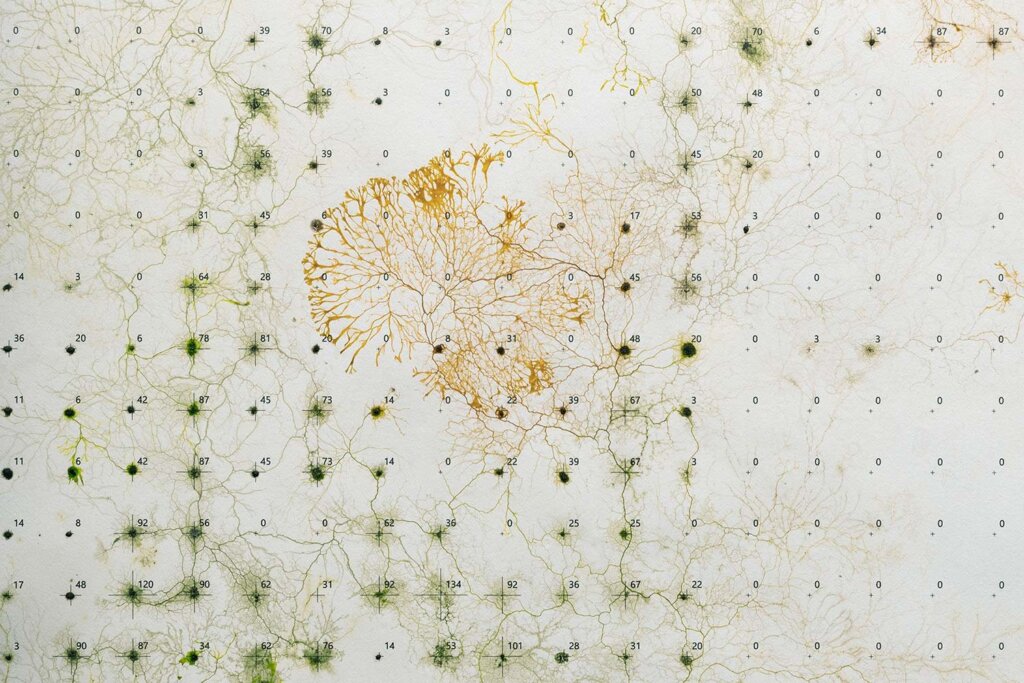
Cell-to-city, biology-to-technology, ancient-to-AI
Words like “urban planning” can feel quite cold or removed, but in reality the field is the opposite, intimately shaping how we move through the world with psychological, cultural, environmental, and biological impacts. Cities shape lives. Human and non-human. The value of decisions like smart urban transit, protected bike lanes, access to vertical gardens, walking trails, stormwater management, green roofs, and public parks (like the railroad relic turned elevated park steps from my apartment now attracting artists, gardeners, pollinators, migratory birds, businesses, starry-eyed couples) are meaningful. Over 50% of the population now lives in cities and unshockingly they are some of the most carbon-intensive places on the planet. It’s not lost on me that cities are increasingly vulnerable to climate chaos, and strong urban design is not just about planning more livable worlds, but increasingly more survivable ones (for everyone).
A blob becomes an unexpected bridge to a better life.
What if we focused on the intersection of digital and biological intelligence to understand how a single cell could contribute to our collective intelligence? And help map the future of the built world–and by default our lives–in a grounded, systematic approach? To find out more I dug into a particularly intriguing example from ecoLogicDesign, a British architecture and design innovation firm led by Claudia Pasquero and Marco Poletto. These are real-deal visionaries specializing in the integration of nature and AI in urban areas.
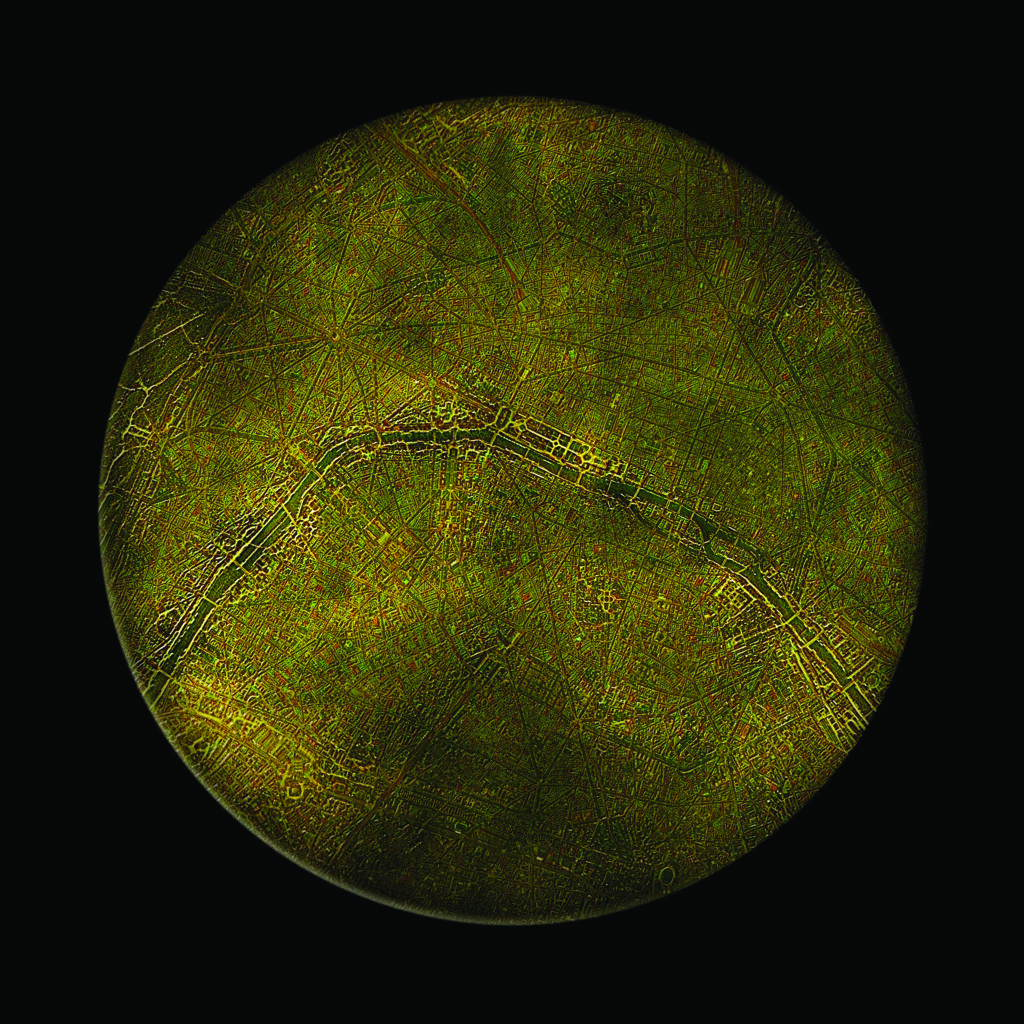
Their work is something we’ve never seen before, as stunning for the eye as it is for the brain.
Starting with a single cell’s perspective on the city, they give us a new lens on what a more balanced, safe and healthy world can look like using the GAN algorithm. The chance to visualize the possibilities is invaluable. As described on their site, “A GAN (Generative Adversarial Network) is an algorithmic architecture that creates new generative models using deep learning methods. This powerful form of Artificial Intelligence has been trained by ecoLogicStudio’s bio-computational design team to ‘behave’ like a Physarum polycephalum, a single celled Slime Mould.”
By design, humans are not the epicenter of what is considered. Life is considered. As slime mold oozes its way through the territory, the cases study a new approach to sustainable urban development, taking into consideration factors like water distribution, carbon trading, municipal solid waste collection, boundaries, and zoning. Their point of view helps us better grasp vulnerabilities and possibilities in big cities and existing urban areas with the fresh perspective of a non-human living organism at the design table utilizing an alternative distributed network. A closer look:
GAN-Physarum: la dérive numérique – initially commissioned in 2020 by the Centre Pompidou where this project is part of their permanent collection: This project gives a fresh take on Paris where the slime mold algorithm grounds a new thinking and a bio-digital autonomous Paris. After setting slime mold on its way, their growth patterns were computed using the AI algorithm. The project is made up of AI clips and bio-printing living installations and reveal a new perspective on this iconic city with a focus on blue and green path systems and without traditional limitations. The goals include the city’s “re-metabolization” and focus on biodiversity and carbon neutrality – relevant to all life forms.
DeepGreen: Urbansphere: in collaboration with UNDP, the United Nations Development Programme: This project leverages artificial intelligence and data analysis to create a new masterplan for select urban areas. The ecoLogicStudio site notes the project, “aims at designing systemic cities that use their size and collective energy to offer refuge for both humans and displaced wildlife, that promote the emergence of positive microclimate, that replenish depleted water sources and that restore degraded terrains, pushing back on processes such as desertification, land erosion and contamination.” Experiments are being conducted with partner cities from Guatemala City to Mogadishu with the possibility for effective urban planning models that can interpret complicated challenges and identify possibilities for impactful change that we haven’t–like where strategic waste recycling could be located and most efficiently utilized. Marco Poletto notes, “With DeepGreen we envision an autonomous bio-digital city, made for both human and non-human citizens and planned by a new form of in-human intelligence.”
I highly recommend exploring their site for a deeper dive into; their complex, phenomenal work and the possibilities in this space. Or better yet, check out their permanent exhibition at Centre Pompidou in Paris. Actually, the blog’s feature image is a translation of this remarkable place based on the GAN-Physarum algorithm.
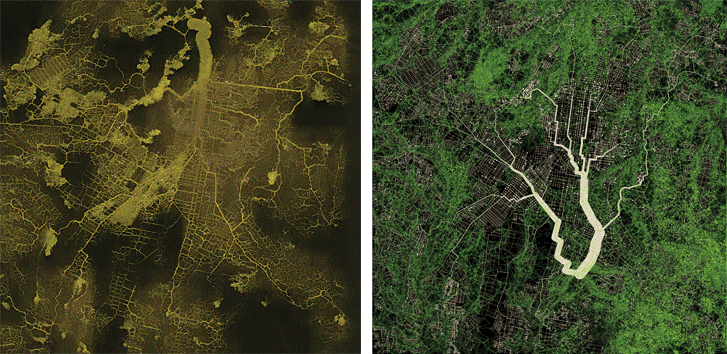
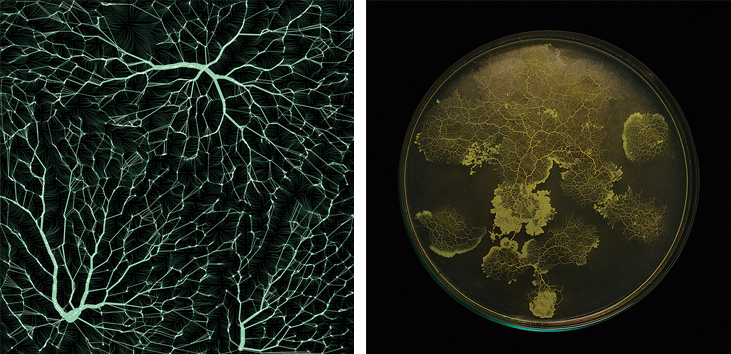
Thanks to visionaries who took a chance on this brainless goo, we have a roadmap to address significant challenges we wouldn’t have otherwise.
Thoughtful urbanization and design is critical for global decarbonization efforts that effectively address challenges from easier walkability to smarter municipal solid waste collection. According to Project Drawdown, better designed cities and buildings can result in 54.5 GIGATONS reduced CO2 by 2050. Even if we just looked at more walkable cities, a 5% increase in urban mobility by 2050 could result in ~ 3 gigatons of C02e reduction in greenhouse gas emissions. And what about prioritizing access to nature at the design table? Nature-deficit disorder has major real-life consequences. Adding in the co-benefits of access to green and blue spaces like parks, trees and rivers changes the course of all life. Wildness integrated into cities cannot be an afterthought; wet and wild slime mold can help solve for that, too.
If half of the world lives in urban areas and the World Bank estimates that by 2045 the world’s urban population will increase by 1.5 times to 6 billion, then an expert look at how we can do better is urgently required.
Maybe the everyday miracle here isn’t that a brainless blob is collaborating with powerhouse institutions to pioneer smarter living, but in our willingness to genuinely listen and take them seriously. After all, a top education, tight resume or highly-developed cerebral cortex doesn’t guarantee success no matter who you are–or what you are. Slime mold never set out to prove anything anyway–it just acts on instinct.
It’s a remarkable experience to be invited to open our minds by something without a mind at all.
This is Part 6 of our 8-edition series on slime mold by guest writer Katie Losey. We answer your top questions on this fascinating organism and dive into how a brainless, single cell is capable of shaping our futures and blowing our minds. Read part 7, “How a Brainless Blob Mapped the Dark Cosmos” here.
Main image: Translation of the Centre Pompidou based on the GAN-Physarum algorithm. ©ecoLogicStudio

About the author
Katie Losey is committed to bridging the gap between humans, nature’s genius, breakthrough innovations and overlooked wonder. She has worked at the intersection of business and conservation for two decades. In her work she has taken on many roles, including marketing director, writer, and strategist for companies in travel, conservation, nonprofit, and energy sectors. In these roles, she was further exposed to the possibilities of innovation inspired by nature from locking eyes with gorillas in Rwanda and swimming alongside orcas in Norway to dodging rats in NYC! Katie has been a member of The Explorers Club since 2015 and serves on their Public Lecture, Film and World Oceans Week Committees. She has been guest writing for the Biomimicry Institute since 2019, and her science writing has been featured in courses at the U of Cambridge, Johns Hopkins U, and on the cover story of the U of Richmond Magazine (her alma mater). She lives in NYC. Connect with Katie on Instagram and LinkedIn.


